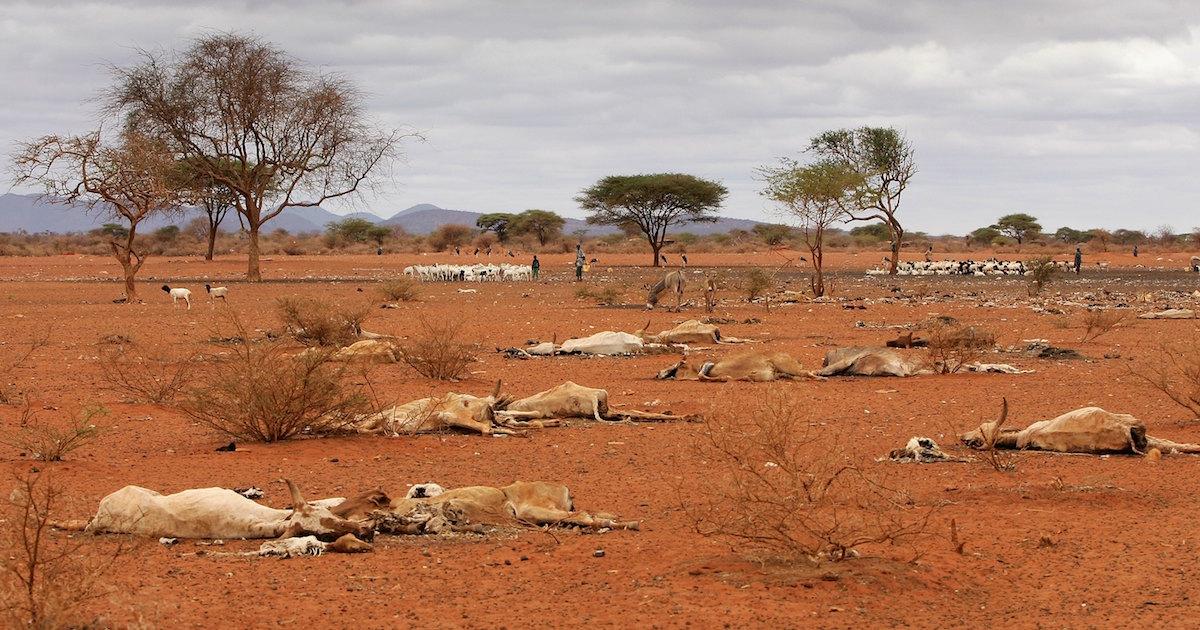The Connection Between Climate Change And Higher Rainfall In Western Massachusetts

Table of Contents
The Science Behind Increased Precipitation
Climate change is fundamentally altering our planet's weather systems, and increased precipitation is a key symptom. The primary driver is the warming of our atmosphere. As temperatures rise, the atmosphere's capacity to hold water vapor increases exponentially. This means more moisture is available for precipitation events. Furthermore, climate change disrupts established weather patterns and jet stream dynamics. These disruptions lead to:
- More intense precipitation events: Instead of gentle, steady rain, we see more frequent and heavier downpours, overwhelming drainage systems and leading to flash flooding.
- Changes in storm tracks: Alterations in the jet stream can steer storms towards Western Massachusetts more frequently, increasing the overall rainfall.
- Increased atmospheric rivers: These long, narrow bands of concentrated moisture can deliver immense amounts of rain in a short period, causing devastating flooding.
Scientific studies, such as those published by the NOAA (National Oceanic and Atmospheric Administration), consistently demonstrate a strong correlation between rising global temperatures and increased precipitation worldwide, a trend clearly visible in Western Massachusetts.
Observed Changes in Rainfall Patterns in Western Massachusetts
Data collected over the past several decades paints a clear picture: rainfall in Western Massachusetts is significantly increasing. Graphs and charts from the National Weather Service and local meteorological stations show a steady upward trend.
- Increased annual rainfall totals: Many areas have experienced a notable increase in total annual rainfall, exceeding historical averages by a considerable margin.
- Higher intensity rainfall events: Not only is there more rain overall, but the intensity of individual storms is also increasing, leading to more frequent and severe flooding events.
- Specific examples: For instance, the year 2011 saw record-breaking rainfall across the region, resulting in widespread flooding in the Connecticut River Valley and significant damage to infrastructure. Similarly, the summer of 2023 witnessed several intense downpours that caused flash flooding in various towns.
These increases aren't uniform across the region. Some areas, particularly those with specific geographical features, experience higher increases than others. For example, mountainous areas may see intensified rainfall due to orographic lift.
Impacts of Increased Rainfall on Western Massachusetts
The consequences of this increased rainfall are far-reaching and severe, impacting various aspects of life in Western Massachusetts.
Flooding and its economic and social consequences
Flooding causes widespread damage to homes, businesses, and infrastructure, leading to significant economic losses and disruption of daily life. Communities along the Connecticut River and its tributaries are particularly vulnerable.
Soil erosion and its impact on agriculture and infrastructure
Heavy rainfall leads to significant soil erosion, damaging agricultural lands and impacting the stability of roads, bridges, and other infrastructure. This can further contribute to increased flooding risks.
Increased risk of landslides and mudslides
Saturated soils become unstable, increasing the risk of landslides and mudslides, especially in hilly or mountainous regions of Western Massachusetts. This poses a significant threat to both life and property.
Damage to property and infrastructure
The cumulative effects of flooding, erosion, and landslides result in substantial damage to residential and commercial properties, roads, bridges, and utilities, incurring high repair and replacement costs.
Mitigation and Adaptation Strategies
Addressing the challenge of Climate Change and Higher Rainfall in Western Massachusetts requires a two-pronged approach: mitigating climate change itself and adapting to its already-visible effects.
Mitigation Strategies
Reducing greenhouse gas emissions is crucial to slowing the rate of climate change. This involves transitioning to renewable energy sources, improving energy efficiency, and implementing sustainable transportation systems.
Adaptation Strategies
Adapting to the increased rainfall already experienced requires proactive measures:
Improved drainage systems and flood control measures
Investing in improved drainage systems, flood control infrastructure, and watershed management can help mitigate the impact of heavy rainfall events.
Sustainable land management practices to reduce soil erosion
Implementing sustainable land management practices, such as conservation tillage and reforestation, can help reduce soil erosion and improve water retention.
Early warning systems for severe weather events
Developing and implementing effective early warning systems for severe weather events can help communities prepare and minimize damage.
Community preparedness and resilience initiatives
Investing in community preparedness and resilience initiatives can help communities better cope with the impacts of extreme weather events.
Conclusion: Addressing Climate Change and Higher Rainfall in Western Massachusetts - A Call to Action
The evidence is clear: Climate Change and Higher Rainfall in Western Massachusetts are inextricably linked. The consequences of this trend are already being felt across the region, impacting our economy, environment, and communities. Understanding this connection is crucial. We must act now to both mitigate the underlying causes of climate change and adapt to the increased rainfall we are already experiencing.
This means supporting policies that reduce greenhouse gas emissions, investing in infrastructure improvements, and promoting sustainable land management practices. Contact your local officials, support environmental organizations working on climate solutions, and educate yourselves and others about this pressing issue. The future of Western Massachusetts depends on our collective action to address climate change and higher rainfall. Let's work together to build a more resilient and sustainable future.

Featured Posts
-
 March 31 2025 Nyt Mini Crossword Your Guide To Solving
May 31, 2025
March 31 2025 Nyt Mini Crossword Your Guide To Solving
May 31, 2025 -
 Boxer Munguia Denies Doping Allegations Despite Failed Test
May 31, 2025
Boxer Munguia Denies Doping Allegations Despite Failed Test
May 31, 2025 -
 Analyzing The Champions League Final Psgs Strengths Vs Inter Milans Tactics
May 31, 2025
Analyzing The Champions League Final Psgs Strengths Vs Inter Milans Tactics
May 31, 2025 -
 Is Elon Musks Reign Coming To An End
May 31, 2025
Is Elon Musks Reign Coming To An End
May 31, 2025 -
 Do Algorithms Contribute To Mass Violence Examining The Liability Of Tech Companies
May 31, 2025
Do Algorithms Contribute To Mass Violence Examining The Liability Of Tech Companies
May 31, 2025
